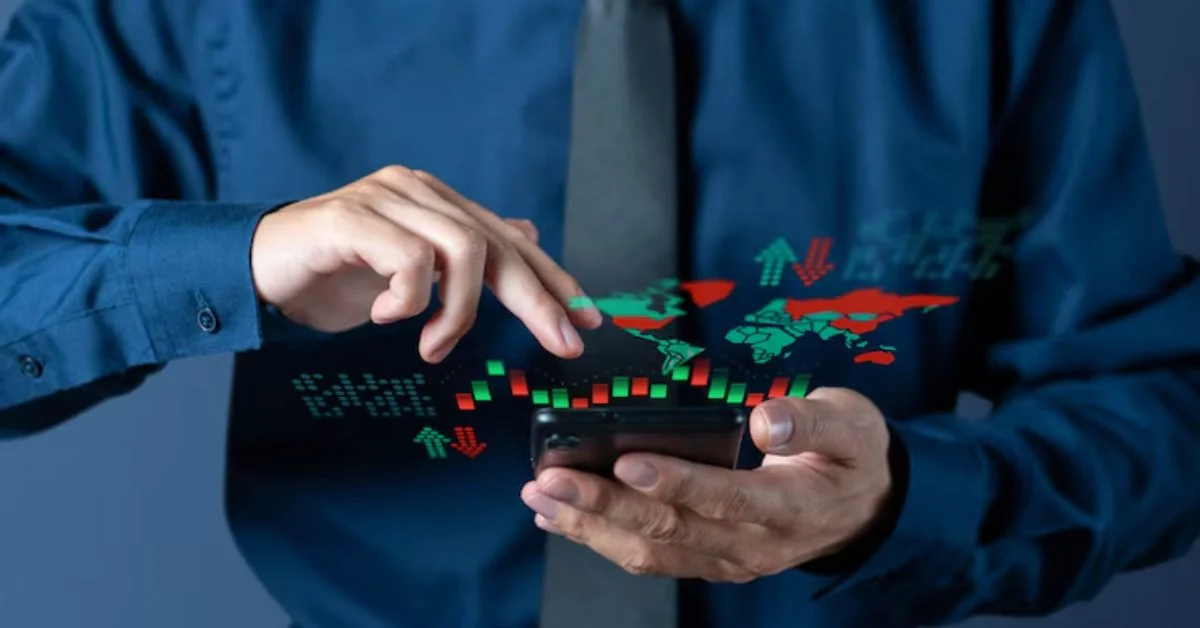In the global conversation about emerging economies, Bangladesh has often been framed in binary terms: a tale of explosive textile exports and lingering developmental challenges. But the current trajectory reveals a more nuanced story—one where innovation, policy reform, and human capital are converging at an inflection point. Inflexion Bangladesh is both the metaphor and the mechanism for this transformation.
This article dives into the emerging framework known as Inflexion Bangladesh, a multi-sectoral national movement built around the idea of strategic growth acceleration through smart infrastructure, inclusive innovation, and digitally augmented development. Unlike traditional models of economic uplift, Inflexion Bangladesh is a deliberate rethinking of how a developing nation transitions into a resilient, knowledge-driven economy.
Defining Inflexion Bangladesh
Inflexion Bangladesh is not a single institution or a policy document. It is a coordinated ecosystem—a convergence of government initiatives, private investments, digital transformation, and educational reforms—anchored around the belief that Bangladesh is entering a decisive decade.
It borrows from the term “inflection point” in mathematics and economics: a moment where a curve changes direction dramatically. For Bangladesh, that curve represents a shift from labor-driven growth to knowledge- and innovation-driven development.
The Genesis of the Inflexion Framework
In 2022, economists, policymakers, and business leaders began coalescing around the concept of Inflexion Bangladesh. The backdrop was significant:
- Bangladesh’s graduation from LDC (Least Developed Country) status by 2026
- Post-pandemic recovery focused on sustainability
- Rising digital literacy and mobile penetration
- A youth-heavy demographic with increasing access to education
The Inflexion Manifesto, published informally through academic circles and policy white papers, laid the groundwork for a “new economy” built on five pillars:
- Digital Transformation
- Sustainable Urbanization
- SME and Start-up Ecosystem Development
- Green Infrastructure Investment
- Human Capital Expansion
The Digital Backbone
One of the most visible components of Inflexion Bangladesh is its Digital Bangladesh 2.0 agenda. This evolved strategy moves beyond providing connectivity to creating a digitally capable nation:
- GovTech Platforms: Over 250 public services have been digitized across sectors like land registration, tax filing, and social welfare.
- Digital ID Ecosystem: Leveraging biometric verification for everything from education enrollment to credit scoring.
- AI and Data Policy: Draft legislation to support responsible AI and data sovereignty was introduced in 2024, aiming to attract ethical tech firms.
- Smart Cities: Pilot projects in Rajshahi and Chattogram are integrating IoT in traffic systems, utilities, and waste management.
Inflexion and the Startup Revolution
Bangladesh’s startup scene has matured dramatically in the last five years. From fintech to agri-tech, Inflexion Bangladesh has fueled a pro-entrepreneurship environment:
- Regulatory Sandboxes: The Bangladesh Bank and BIDA have created controlled environments for fintechs to test innovations like micro-loans and blockchain remittances.
- VC Catalysts: The Bangladesh Startup Ecosystem Fund (BSEF) offers equity-free grants to early-stage startups, with an emphasis on women-led ventures.
- Incubation Nodes: Universities now host over 60 startup labs with mentorship from global accelerators.
Startups like AgroTech Nexus, HealthNet BD, and ShonarPay are emblematic of this momentum, solving hyperlocal problems with scalable solutions.
Rethinking Urban Development
Rapid urbanization often spells disorder. But under Inflexion Bangladesh, urban growth is being reimagined:
- Transit-Oriented Development (TOD): Integrating housing, transport, and economic zones, particularly around the Dhaka Metro and upcoming MRT lines.
- Eco-Townships: New satellite towns near Khulna and Sylhet prioritize walkability, renewable energy, and mixed-use zoning.
- Digital Land Records: To combat corruption and speculation, blockchain-based land titling is being tested in partnership with UNDP.
The Green Turn: Infrastructure with Ethics
Infrastructure has long been a growth lever for Bangladesh, but Inflexion reframes it through climate resilience and environmental justice:
- Solar Corridors: Mega solar farms in the northern belt now feed directly into national grids.
- Climate-Resilient Roads: Elevated highways and permeable pavements are being constructed in flood-prone regions.
- Blue Economy: Coastal districts are developing aquaculture with AI-optimized yields, overseen by marine ecology labs.
This pivot aligns with Bangladesh’s Nationally Determined Contributions (NDCs) under the Paris Agreement.
Investing in Human Capital
A nation’s growth trajectory is only as sustainable as its talent pool. Inflexion Bangladesh addresses this by making education and skills training central to its mission:
- Skills 2030 Blueprint: Government-mandated curriculum overhaul aligning secondary and tertiary education with AI, robotics, and green technology sectors.
- Digital Learning Equity: Rural areas now have over 2,000 community learning centers powered by solar energy and free Wi-Fi.
- Language Access Tech: AI-driven translation tools support multilingual education and bridge rural-urban communication gaps.
Financial Inclusion and Digital Equity
Inflexion Bangladesh envisions a nation where financial access is not a privilege. Thus, initiatives in digital finance are deeply embedded in the framework:
- Mobile Banking Expansion: Over 85% of the population now has access to digital wallets.
- Nano Credit Protocols: Small-scale, algorithm-based lending for farmers and informal sector workers.
- E-Governance Subsidies: Welfare and pension transfers are automated, reducing leakages and empowering citizens.
Governance and Transparency
Good governance is essential to any inflection point. Bangladesh’s government has introduced several structural reforms aligned with the Inflexion goals:
- Blockchain Auditing: Pilots launched for government procurement processes.
- Citizen Report Cards: Quarterly satisfaction surveys tied to public service KPIs.
- Anti-Corruption Hackathons: Youth-led initiatives collaborating with agencies like ACC to design detection tools.
International Partnerships
Bangladesh’s development strategy is increasingly outward-facing, with international cooperation playing a pivotal role:
- Japan’s JICA and Inflexion Railways Project
- World Bank’s Resilient Education Fund
- Singapore’s Knowledge Cities Exchange
These partnerships are knowledge-based, focusing on capacity-building rather than dependency.
Cultural Renaissance and Creative Economy
Inflexion Bangladesh is not just about GDP. It’s also about cultural identity, innovation, and intellectual property:
- Digital Archives: Digitizing folk music, oral histories, and literary works.
- Art-Tech Fairs: Annual festivals merging digital installations with traditional art.
- IPR Reform: Accelerated registration for patents and creative works, particularly from women and rural artisans.
Challenges and Criticism
No transformation is without friction. Critics of Inflexion Bangladesh point to:
- Digital Divide: Some remote areas remain outside coverage zones.
- Data Privacy: As digital ecosystems grow, so do risks.
- Skill Gaps: Tech adoption has outpaced the readiness of some workforce segments.
Yet these issues are being openly debated, and adjustments are already underway through adaptive policymaking.
Why It Matters
The real impact of Inflexion Bangladesh lies not just in numbers but in directionality. The country is consciously steering away from extractive growth models toward inclusive, circular, and regenerative economics. The commitment to inflexion is not rhetorical—it is procedural, multi-stakeholder, and deeply generational.
What the Next Decade May Bring
By 2030, if Inflexion Bangladesh fulfills its vision, the nation could become:
- A regional tech innovation hub
- A blueprint for climate-resilient development
- A case study in grassroots-driven digital transformation
More importantly, it will be a place where GDP and GNH (Gross National Happiness) grow in tandem.
Conclusion
Inflexion Bangladesh represents more than policy—it is a philosophical and pragmatic turning point. It recognizes that development is no longer just about building roads or boosting exports, but about building systems, people, and culture in alignment.
As global economies prepare for uncertain futures, Bangladesh offers a compelling example of strategic foresight, local innovation, and ethical progress. The inflection is here, and its arc is bending toward possibility.
For more information, click here.









